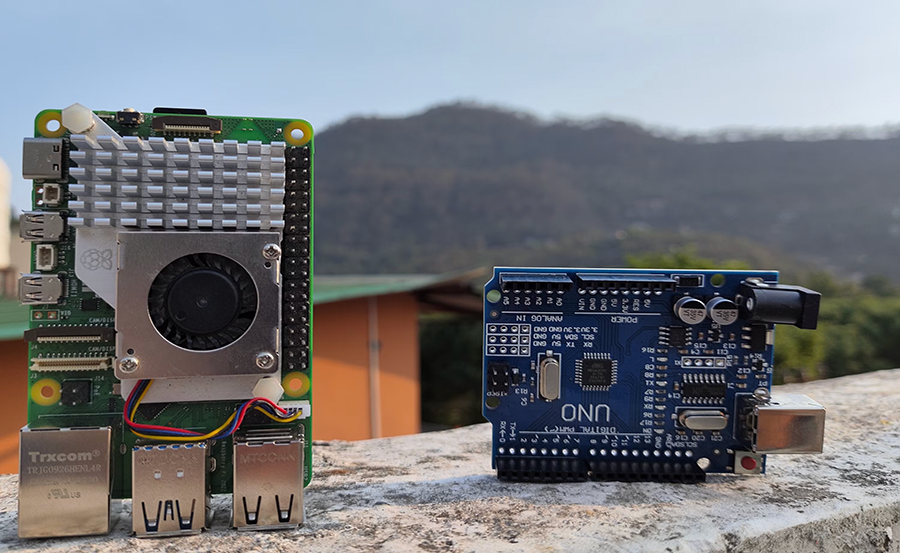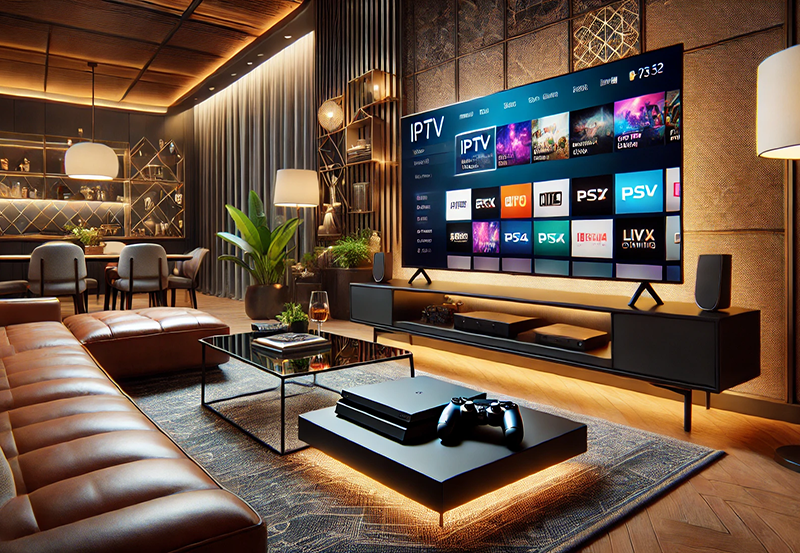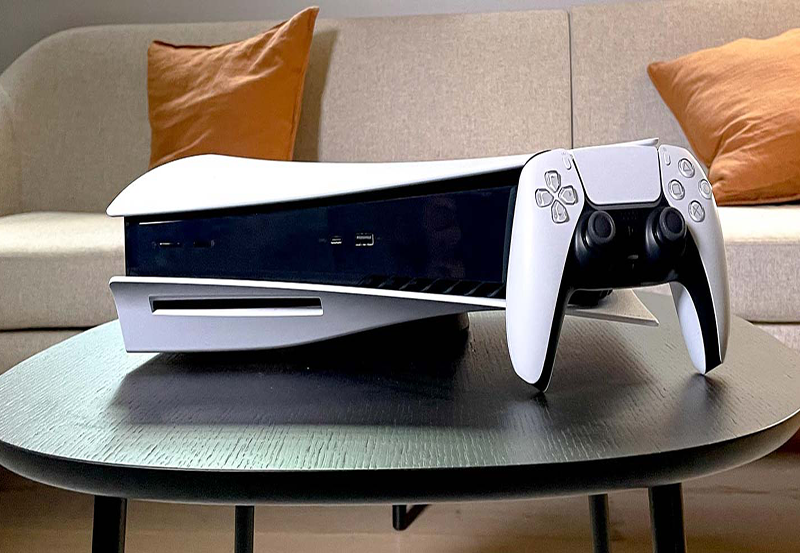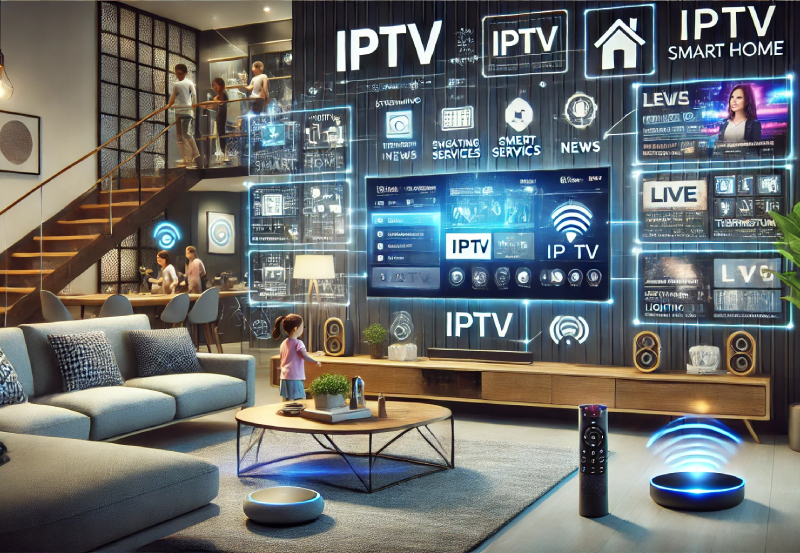In today’s digital age, managing your home’s lighting system efficiently and innovatively can significantly elevate your lifestyle. Enter Raspberry Pi—a compact yet potent device that can transform ordinary lighting into smart, manageable assets. Through this guide, we’ll explore the steps necessary for controlling smart lighting systems with Raspberry Pi, offering insights tailored for both novices and seasoned tech enthusiasts. After all, who wouldn’t want the best smart home experience with seamless control at their fingertips?
Understanding Raspberry Pi: Your Gateway to Smart Home Automation
Before we dive into specifics, understanding what makes Raspberry Pi an ideal choice for smart lighting control is crucial. A Raspberry Pi is essentially a miniature computer, perfect for connecting and controlling a variety of devices. But why Raspberry Pi? Here are some compelling reasons:
- Affordability: For what it offers, Raspberry Pi is incredibly cost-effective.
- Versatility: It can handle numerous projects beyond lighting control.
- Open source community: A vibrant community means ample resources and support.
With this powerful tool, the possibilities for upgrading your home with smart technology are virtually limitless, enhancing your experience with each clever tweak. But let’s not get ahead of ourselves—starting with the basics will ensure a solid foundation.
Expert Tip:
Sports enthusiasts, rejoice! Get IPTV for sports lovers and watch live games anytime, anywhere.
How Raspberry Pi Integrates with Smart Lighting Systems
The allure of smart lighting systems is in their ability to be controlled remotely and customized to meet personal preferences. Integration with Raspberry Pi adds another layer of utility to these systems, enhancing control through bespoke programming and automation. Let’s break down how this integration unfolds.
Firstly, Raspberry Pi serves as a bridge between your home network and the smart lighting devices. By leveraging various programming languages and tools like Python, Node-RED, or MQTT, the Pi facilitates communication between the network-connected bulbs and your commands. The result? A unique lighting setup that reacts to your device inputs and routines.
Key Components Required for Raspberry Pi Setup
Embarking on this journey requires gathering the right materials. It’s akin to assembling a toolkit—each component serves an essential role in ensuring efficient smart lighting management. Here’s what you’ll need:
- Raspberry Pi (any model): Opt for a model that fits your budget and needs.
- MicroSD card: Essential for installing your OS and storing your configurations.
- Smart lighting devices: Choose from well-known brands compatible with IoT integration.
- Relevant software (e.g., Home Assistant, OpenHAB): These platforms enable comprehensive home automation setups.
Once your materials are collected, setup can begin, marking the first hands-on step towards a truly interactive home atmosphere.
Setting Up Your Raspberry Pi for Smart Lighting Control
With all necessary components at hand, the next step involves setting up your Raspberry Pi. This process includes installing an appropriate operating system and configuring the software to interface with your smart lighting devices. Here’s a more detailed walkthrough.
Installing Your Operating System on Raspberry Pi
Firstly, you’ll need to choose an operating system. Many users opt for Raspberry Pi OS due to its user-friendliness and comprehensive support for Raspberry Pi applications. However, other options like Ubuntu or even a specialized IoT-focused OS might be suitable based on your specific projects.
Insert the MicroSD card into your Raspberry Pi, download the OS installation files, and follow the instructions to install the system onto your device. Be patient—this is a critical step in ensuring that your Raspberry Pi functions smoothly and efficiently.
Configuring Your Software for Smart Lighting
With the OS in place, you’ll need to set up software that interfaces with your lighting system. Popular options include:
- Home Assistant: A powerful, open-source home automation tool suitable for controlling smart lights among other devices.
- OpenHAB: Another reliable open-source platform designed for home automation and device management.
Each software solution provides unique features and integration capabilities. Make sure to research these options to determine which best suits your requirements for a smooth lighting setup experience.
Expanding Your Smart Lighting Control Capabilities
Once you have set up your basic system, the true potential of using Raspberry Pi to control smart lighting begins to unfold. Beyond the simplicity of turning lights on and off remotely, Raspberry Pi opens the doors to a host of advanced features.
Programming Custom Lighting Scenes
One of the most exciting aspects of utilizing a Raspberry Pi is the ability to create custom lighting scenes. Using programming languages such as Python or Node-RED, you can script lighting behaviors that respond to various conditions or routines. Imagine waking up to a gentle light that mimics the sunrise or setting a romantic ambiance for a dinner date—all at the touch of a button or a simple voice command.
The key to this level of customization lies in creative programming. With the foundational knowledge of coding, you can design sophisticated lighting scenarios that cater to your lifestyle, enhancing it with automation and ease.
Automating Smart Lighting with Sensors
Sensors add an additional dimension to your smart lighting control, allowing lights to react to environmental conditions automatically. Integrating motion sensors, for example, can trigger lights in response to movement in a room, boosting both convenience and energy efficiency. Similarly, daylight sensors can adjust indoor lighting based on natural light levels, ensuring optimal illumination while conserving power.
These sensor systems can be seamlessly integrated with your Raspberry Pi using appropriate circuitry and coding, resulting in a dynamic, responsive, and efficient home lighting solution.
Troubleshooting Common Raspberry Pi Smart Lighting Issues
Like any technical project, you may encounter challenges and roadblocks when setting up and managing smart lighting systems with Raspberry Pi. Being prepared to troubleshoot common issues is essential for maintaining a smooth and operational setup.
Connection and Communication Problems
One frequent issue is the loss of communication between your Raspberry Pi and smart lighting devices. This can sometimes arise from network connectivity issues or improper configurations within your software setup. To resolve these concerns:
- Ensure that all devices are connected to the same network and that Wi-Fi settings are correctly configured.
- Review your software settings to verify proper device pairing and communication protocols.
- Check for updates and reboot your Raspberry Pi and associated devices to eliminate minor glitches.
Performance Optimization Tips
For optimal performance, regularly update your Raspberry Pi and smart lighting software to the latest versions. This ensures that you benefit from the newest features and security patches. Additionally, consider periodically reviewing your code and automation scripts to refine processes and minimize latency, thus enhancing user experience.
Keeping your setups clean and organized will not only foster efficiency but also future-proof your smart lighting control system for additional upgrades or expansions.
Elevating Your Home Experience: The Broader Impact of Smart Lighting
As you’ve journeyed through the steps of utilizing Raspberry Pi for smart lighting control, it’s important to reflect on the wider implications of these technologies in enhancing your overall home environment. Beyond mere convenience, smart lighting plays a significant role in energy management, security, and personal well-being.
Enhancing Energy Efficiency and Sustainability
Energy efficiency is a critical consideration for any modern household. By using Raspberry Pi to monitor and control lighting patterns, you can significantly reduce energy wastage. Intelligent light schedules, sensor-triggered responses, and low-energy consumption fixtures work in harmony to lower electricity bills while promoting sustainable living practices.
With environmental concerns becoming increasingly prevalent, adapting smart technologies at home not only delivers comfort but aligns with broader ecological goals.
Improving Security and Safety
Security is another essential dimension where smart lighting systems shine. Setting up lighting routines that simulate occupancy or using motion-triggered lighting can effectively deter potential intruders. These features, powered by Raspberry Pi, contribute to creating a secure household environment where peace of mind is paramount.
Safety is enhanced as well, with lighting systems programmed to turn on when sensors detect movement in critical areas such as stairways or entry points, preventing accidents and enhancing family well-being.
Your Path to the Best IPTV Experience
While the focus of this guide is on smart lighting, it’s worth mentioning how Raspberry Pi can further enrich your home automation experience by integrating high-quality IPTV solutions. By leveraging the Raspberry Pi’s capabilities in conjunction with smart lighting control, you can create a comprehensive entertainment ecosystem that aligns with today’s modern lifestyle.
Streaming services, combined with personalized lighting settings, deliver a cinematic atmosphere right in your living room. Thus, you not only upgrade your lighting but holistically enhance your living space, paving the way for the best IPTV experience.
Conclusion: Seamless Integration for a Futuristic Home
As we’ve explored the nuances of controlling smart lighting with Raspberry Pi, it’s clear that this tiny yet powerful device offers a wealth of possibilities for upgrading your home environment. By mastering basic setups and expanding into more complex configurations, the limits are only bound by creativity and imagination.
Your smart home journey is just beginning—each careful implementation of Raspberry Pi and smart lighting propels you closer to a fully automated, energy-efficient, and personalized home space. Keep experimenting, stay curious, and continuously refine your setup for the best experiences ahead, without limiting yourself to traditional approaches.
Frequently Asked Questions

1. Can I control multiple lighting brands with one Raspberry Pi?
Yes, Raspberry Pi can interface with a variety of smart lighting brands. Ensure the lighting systems have open API access or are compatible with your chosen home automation software, such as Home Assistant or OpenHAB, to streamline integration across different brands.
2. How do voice controls fit into the smart lighting setup?
Voice controls can be integrated through platforms like Google Assistant or Amazon Alexa. Once configured, the Raspberry Pi can process voice commands, allowing you to control lighting by simple voice prompts—provided that your smart lights support such functionalities.
3. Is there a risk of security breaches with smart lighting systems?
While smart devices can potentially be vulnerable to cyber threats, ensuring security measures like strong passwords, network encryption, and regular software updates significantly mitigate such risks. Raspberry Pi’s customizable nature allows further enhancements to security protocols tailored to your requirements.
4. What is required to get started with a smart lighting project?
Beyond the Raspberry Pi and smart lighting appliances, you’ll need a reliable network, adequate power supply, and basic programming knowledge. Additionally, time for learning and troubleshooting is essential, especially for individuals new to DIY projects and home automation.
5. Can I extend this setup to other smart home devices?
Absolutely. Raspberry Pi is versatile and can manage various smart home devices, not limited to lighting. You can integrate thermostats, security cameras, and even entertainment systems within one cohesive platform, promising a holistic smart home experience.
6. Does controlling lighting with Raspberry Pi save money?
The initial setup may require some investment, but the efficiency and energy-saving capabilities of well-programmed smart lighting systems contribute to significant cost savings in the long run. Tailoring light usage to lifestyle patterns aids in maximizing efficiency and cutting down expenses.
7. What’s the learning curve like for beginners?
It’s fair to say there is a learning curve, particularly if you’re new to programming or home automation concepts. However, numerous tutorials and community forums are available to provide guidance, making the journey manageable and rewarding with each successful milestone.
Choosing the Right Wall Bracket for Your Element Smart TV





